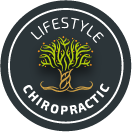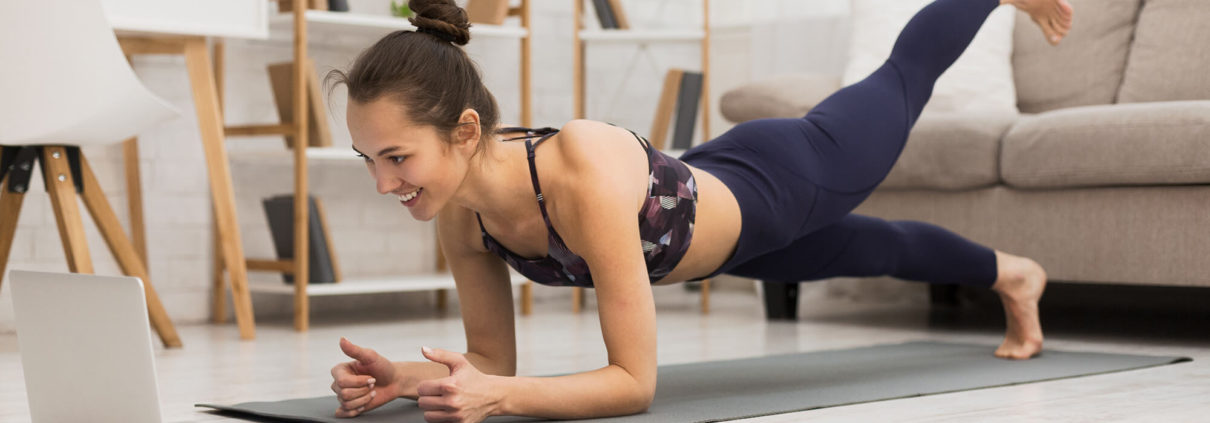At Home Workouts – Should I Start Yoga?
Are you feeling stressed and anxious? Should I start at home workouts?
We are living a very interesting time right now with a large amount of uncertainty, but rest assured, this too shall past. People all over the world are feeling the increased stress and anxiety, and with their usual outlets like the gyms and yoga studios closed down, we must adapt and overcome. At home workouts are a great way to maintain a sense of normalcy, and a perfect outlet for stress.
In what equipment should I invest in?
Well…it depends on your goals. For most people, given the current situation around the world, the prospect of spending hundreds of dollars on a home gym is not a financially viable option. Keeping things simple with resistance bands and a workout mat would be good enough to get the pump you want! Although equipment can add to your workout, there are plenty of ways to exercise at home with no equipment at all…YOGA!
Why yoga?
There are numerous benefits from at home workouts like regular yoga practice. In addition to the physical benefits of increased cardiovascular endurance and muscular strength, yoga has shown to be a great tool for stress management. A meta-analysis evaluated the effect of yoga practice on stress-reduction and found that regular yoga practice improved regulation of the sympathetic nervous system1. I know what you’re thinking, what does that even mean? The role of the sympathetic nervous system is to regulate your body’s fight or flight response; you fight the bear or run like hell from the bear.
As you can imagine, dysfunction of the sympathetic nervous system can lead exaggerated stress response. A review of diseases that affect the sympathetic nervous system highlighted the body’s inability regulate stressors such as heat, physical activity and cardiovascular function2. Heightened sympathetic nervous system activation is linked to potentially cardiovascular dysfunction like hypertension, cardiovascular disease and stroke; with stress reduction leading to improved patient outcomes3. Yoga also incorporates controlled breathing and mindfulness during practice, which has shown promise in stress reduction4.
Where to start?
There are likely several studios near you; the trick is finding one that best suits you. For some, the thought of getting into a studio and practicing yoga for the first time in front of strangers may be enough to keep you from starting yoga altogether. Luckily, there are plenty of online resources just a click away for you to access. Check out our Medicinal Movements Series for easy to do, at-home flows from some our favorite local Yoga instructors. These women were kind enough to put together a variety of classes that will help you get started on your yoga journey. Start your day off on the right foot with Katie’s morning flow (or see video below). Improve your hip mobility with Kim’s hip flow. Get on a good night routine to help improve your sleep…we got it all covered.
“Long-term consistency beats short-term intensity.”
No matter what exercise routine you pursue, the key is to be consistent. If you are trying something new, just own the fact that you are likely not going to be very good at it, but that is just fine. Stick with it, you can do it.
- Pascoe, M. C., Thompson, D. R., & Ski, C. F. (2017). Yoga, mindfulness-based stress reduction and stress- related physiological measures: A meta-analysis. Psychoneuroendocrinology, 86, 152–168. doi: 10.1016/j.psyneuen.2017.08.008
- Ziegler, M. G., Ruiz-Ramon, P., & Shapiro, M. H. (1993). Abnormal stress responses in patients with diseases affecting the sympathetic nervous system. Psychosomatic Medicine, 55(4), 339–346. doi: 10.1097/00006842-199307000-00002
- Hering, D., Lachowska, K., & Schlaich, M. (2015). Role of the Sympathetic Nervous System in Stress-Mediated Cardiovascular Disease. Current Hypertension Reports, 17(10). doi: 10.1007/s11906-015-0594-5
- Brown, R. P., & Gerbarg, P. L. (2009). Yoga Breathing, Meditation, and Longevity. Annals of the New York Academy of Sciences, 1172(1), 54–62. doi: 10.1111/j.1749-6632.2009.04394.x




Leave a Reply
Want to join the discussion?Feel free to contribute!